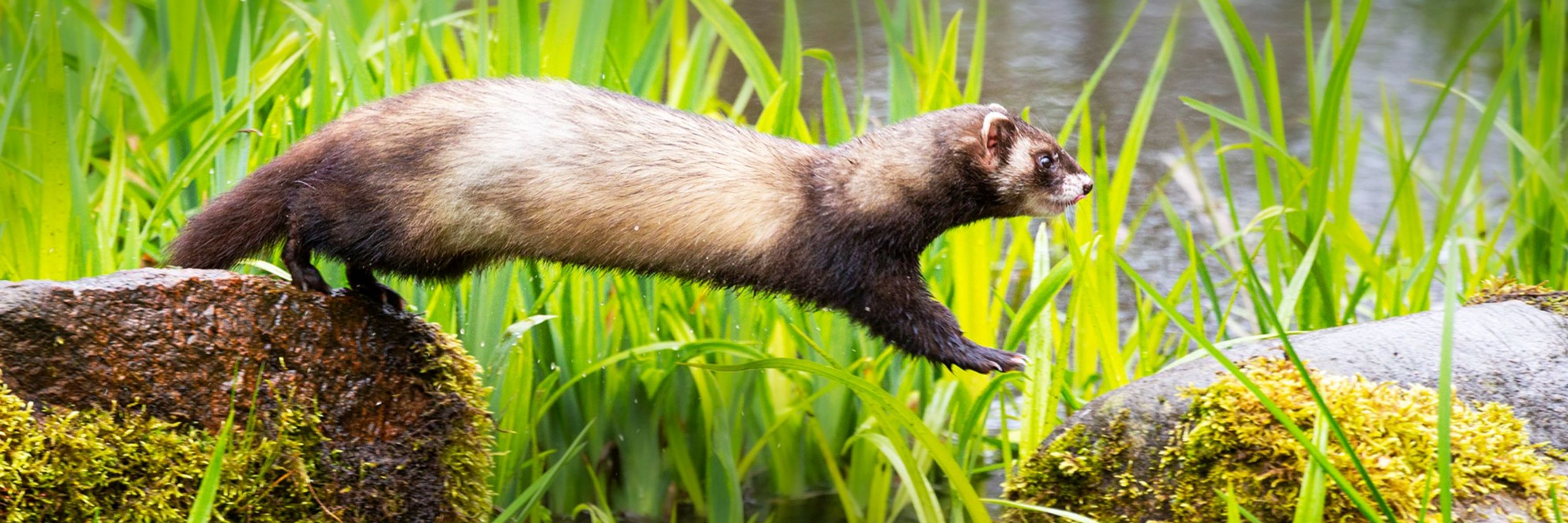
Tim R Hofmeester 🦡🦦
@timhofmeester.bsky.social
he/him
Assoc. prof. @SLU Umeå (northern Sweden). Wildlife biologist with a weird fascination for conservation technology, small carnivores and running in the forest
Assoc. prof. @SLU Umeå (northern Sweden). Wildlife biologist with a weird fascination for conservation technology, small carnivores and running in the forest
And to complete the thread: A big shout out to Allan Stokes who finished the work that Simen Pedersen and I started before he got on board, and of course all other co-authors in the fantastic #Scandcam team!

August 15, 2025 at 1:26 PM
And to complete the thread: A big shout out to Allan Stokes who finished the work that Simen Pedersen and I started before he got on board, and of course all other co-authors in the fantastic #Scandcam team!
Concluding, Norwegian mountain hares are experiencing a mismatch in their camouflage as a consequence of rapid snow cover declines. Future studies will have to show how this impacts survival and population dynamics.
Check out the full text @globalchangebio.bsky.social
doi.org/10.1111/gcb....
Check out the full text @globalchangebio.bsky.social
doi.org/10.1111/gcb....

August 15, 2025 at 1:26 PM
Concluding, Norwegian mountain hares are experiencing a mismatch in their camouflage as a consequence of rapid snow cover declines. Future studies will have to show how this impacts survival and population dynamics.
Check out the full text @globalchangebio.bsky.social
doi.org/10.1111/gcb....
Check out the full text @globalchangebio.bsky.social
doi.org/10.1111/gcb....
We also looked at the timing of the moult (2011-2018) relative to when the snow arrived or disappeared during two periods (1959-1966 and 2011-2018). It turned out that hares were mostly too late during autumn, and that they were better adapted to historic snow cover than to contemporary snow cover.

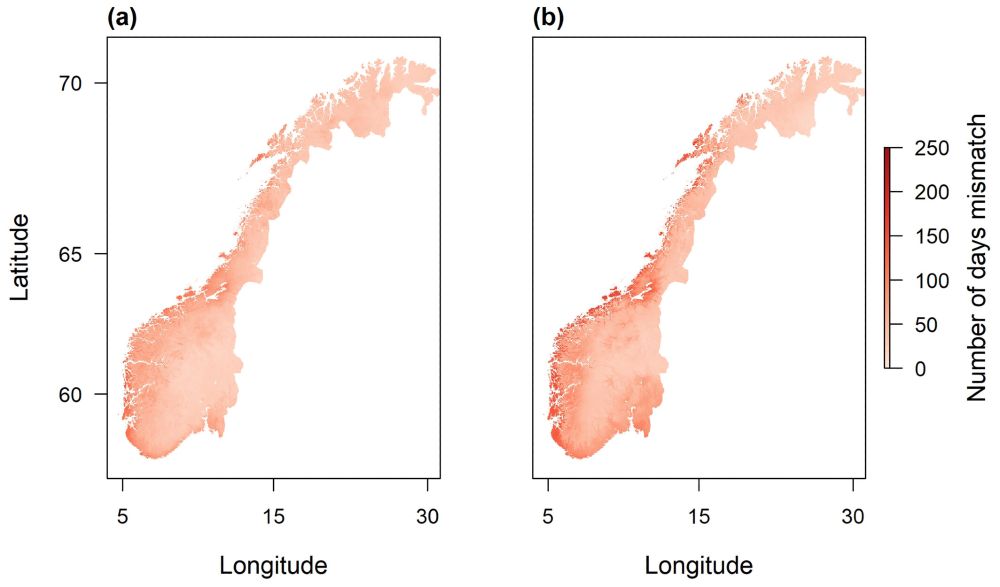
August 15, 2025 at 1:26 PM
We also looked at the timing of the moult (2011-2018) relative to when the snow arrived or disappeared during two periods (1959-1966 and 2011-2018). It turned out that hares were mostly too late during autumn, and that they were better adapted to historic snow cover than to contemporary snow cover.
Maybe not surprisingly, the total number of days during which hares were mismatched compared to their surroundings (i.e. not camouflaged) was higher in places where the annual number of days with snow cover decreased the fastest. So mountain hares cannot keep up with the fast disappearance of snow.

August 15, 2025 at 1:26 PM
Maybe not surprisingly, the total number of days during which hares were mismatched compared to their surroundings (i.e. not camouflaged) was higher in places where the annual number of days with snow cover decreased the fastest. So mountain hares cannot keep up with the fast disappearance of snow.
We modelled mountain hare phenology to determine the coat colour (brown, white or moulting) for each location during each day of the year and linked this to high resolution data on snow cover to count the number of days during which mountain hares were a different colour than their surroundings.

August 15, 2025 at 1:26 PM
We modelled mountain hare phenology to determine the coat colour (brown, white or moulting) for each location during each day of the year and linked this to high resolution data on snow cover to count the number of days during which mountain hares were a different colour than their surroundings.
This study was possible thanks to the #Scandcam project and used camera-trap data on mountain hares and their coat colour from almost 700 locations throughout Norway over a timespan of 8 years. Many students helped classify the mountain hare images into three categories: brown, white, and moulting.

August 15, 2025 at 1:26 PM
This study was possible thanks to the #Scandcam project and used camera-trap data on mountain hares and their coat colour from almost 700 locations throughout Norway over a timespan of 8 years. Many students helped classify the mountain hare images into three categories: brown, white, and moulting.
I'm not so good at regularly posting here, but here is something worth sharing!
Using 8 years of camera-trapping data and 60 years of snow-cover data, we show that camouflage mismatch in mountain hares is largest where snow disappeared the fastest.
A thread
onlinelibrary.wiley.com/doi/full/10....
Using 8 years of camera-trapping data and 60 years of snow-cover data, we show that camouflage mismatch in mountain hares is largest where snow disappeared the fastest.
A thread
onlinelibrary.wiley.com/doi/full/10....

August 15, 2025 at 1:26 PM
I'm not so good at regularly posting here, but here is something worth sharing!
Using 8 years of camera-trapping data and 60 years of snow-cover data, we show that camouflage mismatch in mountain hares is largest where snow disappeared the fastest.
A thread
onlinelibrary.wiley.com/doi/full/10....
Using 8 years of camera-trapping data and 60 years of snow-cover data, we show that camouflage mismatch in mountain hares is largest where snow disappeared the fastest.
A thread
onlinelibrary.wiley.com/doi/full/10....
Start of the first International Small Mustelid Meeting - where we invited weasel researchers from across Europe to share knowledge and explore potential for collaboration. #smallmustelid #weasel

June 25, 2025 at 7:37 AM
Start of the first International Small Mustelid Meeting - where we invited weasel researchers from across Europe to share knowledge and explore potential for collaboration. #smallmustelid #weasel
Presenting in the last session on the last day of a conference is always a struggle but happy with the audience I had. #ecm9 Showing #SCANDCAM data on the spatiotemporal overlap between lynx and reindeer. Also representing #Big_Picture announcing more international collaboration studies to come.
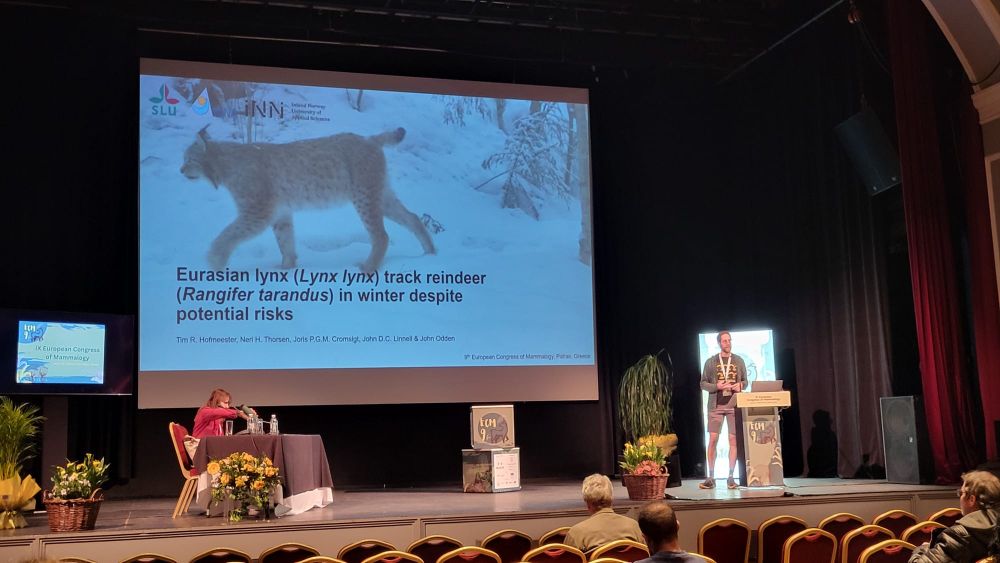
April 4, 2025 at 3:12 PM
Presenting in the last session on the last day of a conference is always a struggle but happy with the audience I had. #ecm9 Showing #SCANDCAM data on the spatiotemporal overlap between lynx and reindeer. Also representing #Big_Picture announcing more international collaboration studies to come.
The initial results suggest that European polecat has increased in body mass the most, followed by pine marten and stoat. While several other species have remained relatively stable in mass. Next steps are to try to tease apart what the potential drivers are. #ecm9
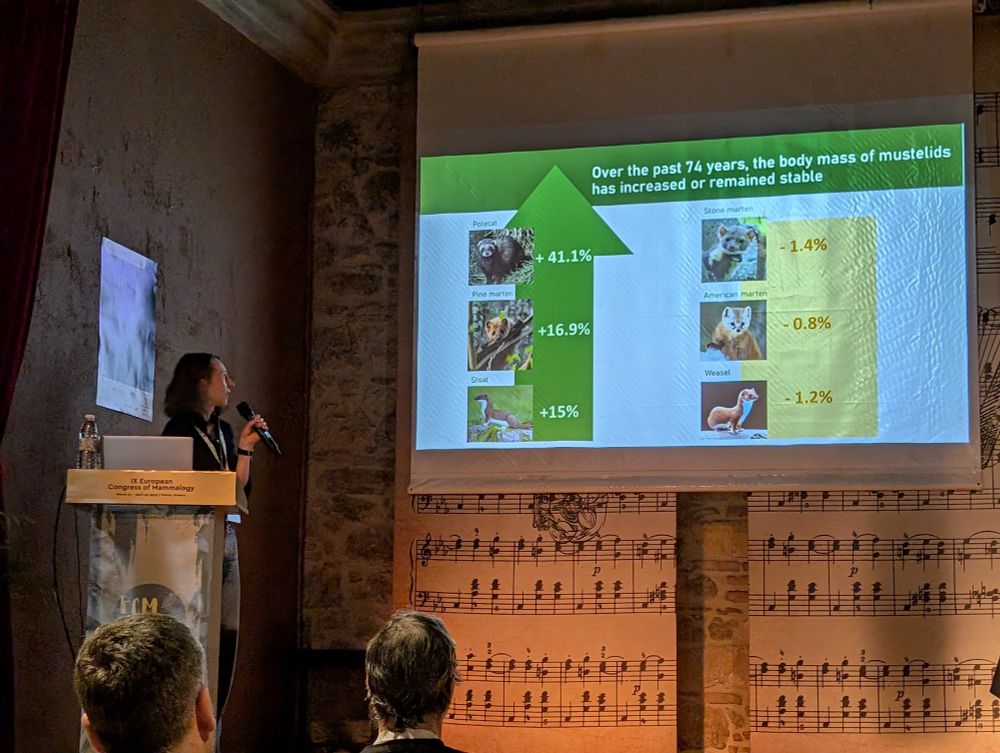
April 3, 2025 at 10:05 AM
The initial results suggest that European polecat has increased in body mass the most, followed by pine marten and stoat. While several other species have remained relatively stable in mass. Next steps are to try to tease apart what the potential drivers are. #ecm9
Anna Wereszczuk presenting the first results from an enormous effort trying to compile a dataset of bodymass in Mustelids from Europe and North America #ecm9 Please contact us if you have data you would like to contribute!

April 3, 2025 at 10:05 AM
Anna Wereszczuk presenting the first results from an enormous effort trying to compile a dataset of bodymass in Mustelids from Europe and North America #ecm9 Please contact us if you have data you would like to contribute!
@elhamebrahimi.bsky.social presenting really important and cool work on a new R package to automate reporting of camera trap data at #ecm9 Work that is done as part of our Biodiversa+ project #Big_Picture
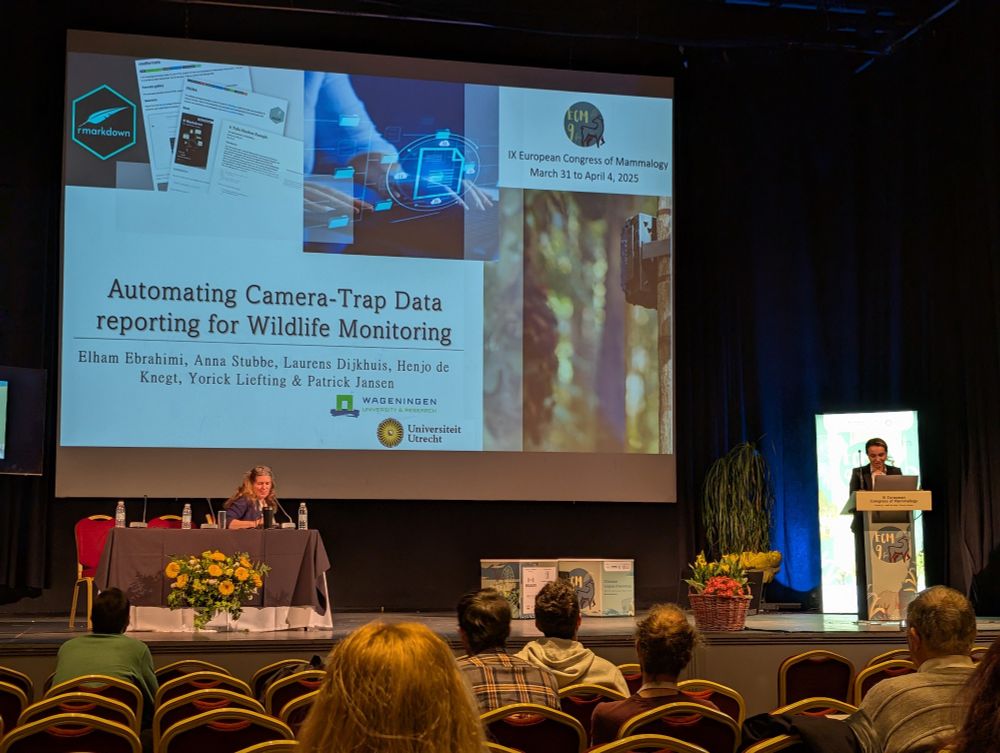
March 31, 2025 at 3:08 PM
@elhamebrahimi.bsky.social presenting really important and cool work on a new R package to automate reporting of camera trap data at #ecm9 Work that is done as part of our Biodiversa+ project #Big_Picture
I finally made it to bluesky. Looking forward to catching up with old acquaintances and discovering new researchers in the fields of wildlife biology and conservation technology.
Image of a northern hawk owl I ran into during a morning jog at the beginning of the week for getting people's attention
Image of a northern hawk owl I ran into during a morning jog at the beginning of the week for getting people's attention

March 30, 2025 at 2:01 PM
I finally made it to bluesky. Looking forward to catching up with old acquaintances and discovering new researchers in the fields of wildlife biology and conservation technology.
Image of a northern hawk owl I ran into during a morning jog at the beginning of the week for getting people's attention
Image of a northern hawk owl I ran into during a morning jog at the beginning of the week for getting people's attention



